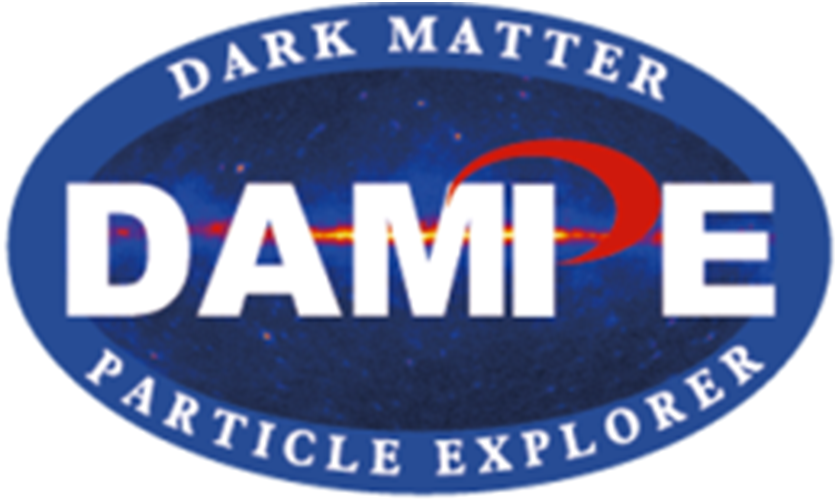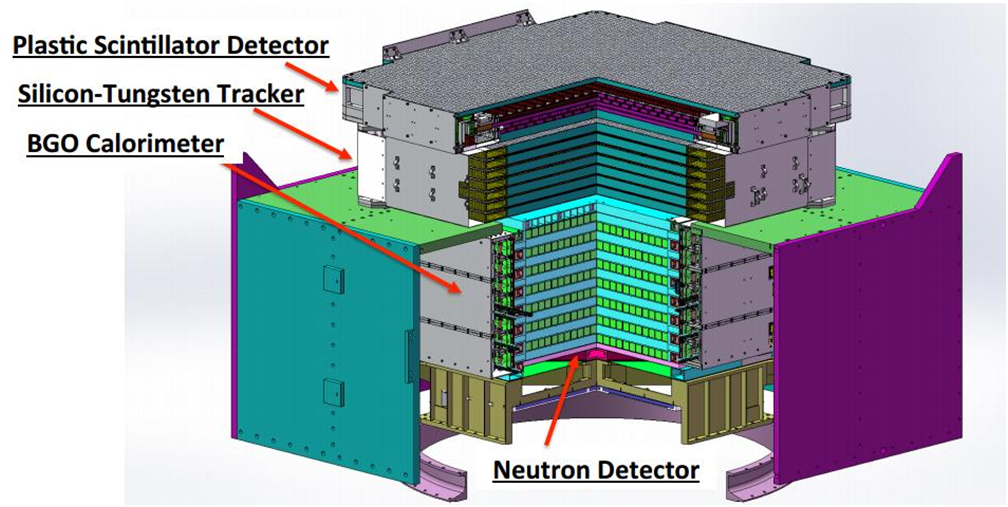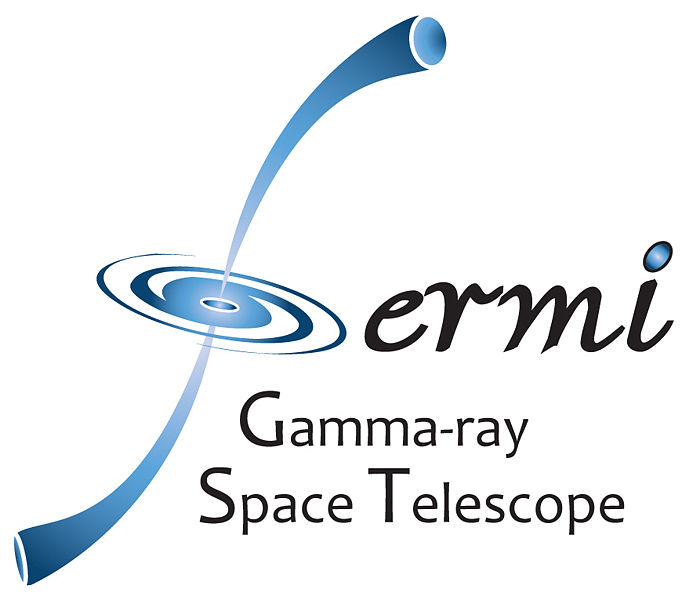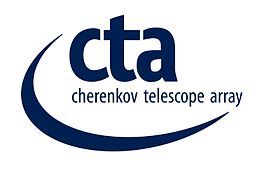|

DAMPE (DArk Matter Particle Explorer) is one of the ve satellite missions in the framework of the Strategic Pioneer Research Program in Space Science of the Chinese Academy of Sciences (CAS). DAMPE has been launched the 17 December 2015 at 08:12 Beijing time into a sun- synchronous orbit at the altitude of 500 km.
DAMPE is a powerful space telescope for high energy gamma-ray, electron and cosmic rays detection. It consists of a double layer of plastic scintillator strips detector (PSD) that serves as anti-coincidence detector, followed by silicon-tungsten tracker-converter (STK), which is made of 6 tracking double layers; each consists of two layers of single-sided silicon strip detectors measuring the two orthogonal views perpendicular to the pointing direction of the apparatus. Three layers of Tungsten plates with thickness of 1mm are inserted in front of tracking layer 2, 3 and 4 for photon conversion. The STK is followed by an imaging calorimeter of about 31 radiation lengths thickness, made up of 14 layers of Bismuth Germanium Oxide (BGO) bars in a hodoscopic arrangement. A layer of neutron detectors is added to the bottom of the calorimeter. The total thickness of the Bismuth Germanium Oxide calorimeter (BGO) and the STK correspond to about 33 radiation lengths, making it the deepest calorimeter ever used in space. Finally, in order to detect delayed neutron resulting from hadron shower and to improve the electron/proton separation power a neutron detector (NUD) is placed just below the calorimeter. The NUD consists of 16, 1cm thick, boron-doped plastic scintillator plates of 19.5 19.5 cm2 large, each read out by a photomultiplier.
The main scientific objective of DAMPE is to measure electrons and photons with much higher energy resolution and energy reach than achievable with existing space experiments in order to identify possible Dark Matter signatures. It has also great potential in advancing the understanding of the origin and propagation mechanism of high energy cosmic rays, as well as in new discoveries in high energy gamma astronomy. DAMPE will have unprecedented sensitivity and energy reach for electrons, photons and cosmic rays (proton and heavy ions). For electrons and photons, the detection range is 5 GeV 10 TeV, with an energy resolution of about 1.5% at 100 GeV. For cosmic rays, the detection range is 100 GeV 100 TeV, with an energy resolution better than 40% at 800 GeV. The geometrical factor is about 0.3 m2 sr for electrons and photons, and about 0.2 m2 sr for cosmic rays. The angular resolution is 0.1 at 100 GeV.

|
|

The Fermi Gamma-ray Space Telescope is a space observatory for photons in the energy range from 8 keV to greater than 300 GeV. Fermi carries two instruments: the Large Area Telescope (LAT), which is the main instrument and is sensitive to the energy range above 20 MeV, and the GLAST Burst Monitor (GBM), which is sensitive at lower energies. Fermi is aimed to study the mechanisms of particle acceleration and emission of electromagnetic radiation in local (Sun and celestial bodies), galactic (pulsars, supernova remnants) and extra-galactic sources (Active Galactic Nuclei, galaxies, galaxy clusters, gamma-ray bursts). It is also devoted to the study of unidentified gamma-ray sources and the diffuse galactic and extra-galactic gamma radiation. Moreover, it aims to indirectly detect dark matter particles, when they decay or annihilate into photons or electrons and positron pairs. Finally, Fermi allows to measure the fluxes of cosmic-ray electrons and positrons in the Solar System.
|
|

T2K is a neutrino experiment designed to investigate how neutrinos change from one flavor to another as they travel (neutrino oscillations). An intense beam of muon neutrinos is generated at the J-PARC nuclear physics site on the East coast of Japan and directed across the country to the Super-Kamiokande neutrino detector in the mountains of western Japan. The beam is monitored before it leaves the J-PARC site, using the near detector ND280, and again at Super-K. The change in the intensity and composition of the beam is used to provide information on the properties of neutrinos.
|
|

The CTA project is an initiative to build the next generation ground-based very high energy gamma-ray instrument. It will serve as an open observatory to a wide astrophysics community and will provide a deep insight into the non-thermal high-energy universe. The aims of the CTA can be roughly grouped into three main themes, serving as key science drivers: understanding the origin of cosmic rays and their role in the universe, understanding the nature and variety of particle acceleration around black holes, searching for the ultimate nature of matter and physics beyond the Standard Model. The present generation of imaging atmospheric Cherenkov telescopes (H.E.S.S., MAGIC and VERITAS) has in recent years opened the realm of ground-based gamma ray astronomy in the energy range above a few tens of GeV. The Cherenkov Telescope Array (CTA) will explore our Universe in depth in Very High Energy (VHE, E > 10 GeV) gamma-rays and investigate cosmic non-thermal processes, in close cooperation with observatories operating at other wavelength ranges of the electromagnetic spectrum, and those using other messengers such as cosmic rays and neutrinos.
|